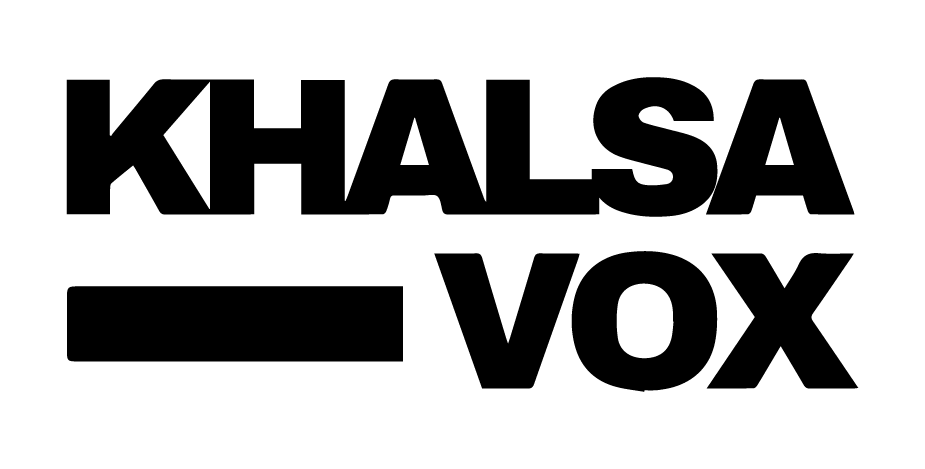AI Generated Summary
- In a departure from typical trade talks—often spanning two or three years—the United States and India have accelerated discussions, aiming to finalize terms in a matter of weeks.
- and India vie with China for dominance in artificial intelligence, Lutnick described a “rare connection” between President Donald Trump and Prime Minister Narendra Modi as a catalyst for deeper tech-sharing.
- Secretary of Commerce Howard Lutnick expressed robust confidence Tuesday that a comprehensive trade agreement between Washington and New Delhi is within reach, praising the unprecedented pace of negotiations and underscoring the mutual benefits for both economies.
U.S. Secretary of Commerce Howard Lutnick expressed robust confidence Tuesday that a comprehensive trade agreement between Washington and New Delhi is within reach, praising the unprecedented pace of negotiations and underscoring the mutual benefits for both economies. Speaking at the U.S.-India Strategic Partnership Forum, Lutnick suggested that a final pact could be sealed well before the July 9 self-imposed deadline—and possibly “in the not-too-distant future.”
“Negotiations between two major economies usually take years, but India is moving swiftly,” Lutnick told attendees. “We’ve discovered a framework that works for both sides, and it’s clear everyone involved wants to wrap this up quickly. Earlier agreements reap greater benefits, and India is demonstrating that sense of urgency.”
Unusually Fast Negotiations
In a departure from typical trade talks—often spanning two or three years—the United States and India have accelerated discussions, aiming to finalize terms in a matter of weeks. Lutnick noted that such speed is “not the ordinary DNA of trading relationships between countries,” but applauded New Delhi’s willingness to fast-track agreements. “Countries that engage early in the process secure more favorable outcomes. India understands this instinctively,” he said.
Observers say the compressed timeline reflects heightened economic and strategic priorities on both sides. For the U.S., a deal would bolster access to India’s rapidly growing market; for India, it promises greater investment, technology transfer, and potential relief from high U.S. tariffs.
A July 9 Target Date
Lutnick has repeatedly flagged July 9 as a critical milestone. He cautioned that sticking to this timeline will require “give-and-take,” but insisted that negotiators are on track. “We’re very optimistic,” he remarked when pressed on whether the deadline was realistic. “This could be the best way I could come across that sentiment.”
Behind the scenes, sources familiar with the deliberations indicate that both governments have already bridged many of the most contentious gaps—import duties on agricultural products, intellectual property protections, and market access for U.S. firms in sectors like medical devices and financial services.
Concerns Over Protectionist Measures
Despite his enthusiasm, Lutnick did raise red flags about certain Indian trade policies. He criticized New Delhi’s “very protectionist” tariff structure on U.S. goods, saying, “I don’t know why— it just is.” He urged India to lower these barriers to create a more balanced partnership.
At the same time, Lutnick singled out India’s longstanding defense ties with Russia as an irritant in Washington. “India traditionally procures military hardware from Russia, which can rub the U.S. the wrong way,” he noted. Nonetheless, he acknowledged positive signs in New Delhi’s pivot toward American defense equipment, specifically recent purchases of advanced fighter jets and naval systems.
BRICS Membership and Geopolitical Implications
Lutnick also voiced misgivings about India’s continued leadership role in the BRICS grouping, arguing that such multilateral associations do little to strengthen ties with the United States. “Being a strong partner to America requires different forums,” he said, alluding to the strategic rivalry with China. He pointed out that while India must cultivate relationships globally, its alignment with Western markets will be crucial in the years ahead.
Technology and Artificial Intelligence Cooperation
One of the most eagerly anticipated components of the prospective deal centers on technology collaboration. As the U.S. and India vie with China for dominance in artificial intelligence, Lutnick described a “rare connection” between President Donald Trump and Prime Minister Narendra Modi as a catalyst for deeper tech-sharing.
“We’re prepared to sell our best semiconductor chips to India,” he pledged, provided certain safeguards are respected. The Commerce Secretary also announced U.S. support for building state-of-the-art data centers on Indian soil—an initiative designed to boost India’s digital infrastructure while fostering closer ties in the AI sector.
“Trump Gold Card” Immigration Proposal
In what may prove to be one of the more controversial offerings, Lutnick unveiled a concept informally dubbed the “Trump Gold Card.” Aimed at attracting global entrepreneurs, this proposed immigration path would grant recipients flexible tax treatment, streamlined residency provisions, and the ability to operate across both economies. “It’s a wonderful opportunity for innovators to tap into two of the world’s largest markets,” he said. However, he did not specify a timeline for introducing the program or how it would fit into existing U.S. immigration law.
Shifting Manufacturing Patterns
Lutnick painted a picture of U.S. firms relocating entire product lines to India, while high-end manufacturing returns stateside. “There are enormous sectors we’d like to see shift their base to India,” he remarked, citing everything from pharmaceuticals and automotive parts to select electronics. The underlying strategy: by diversifying supply chains, American companies can hedge against geopolitical risks, particularly those linked to China.
A Personal Champion of India
Closing his remarks on a more personal note, Lutnick professed his admiration for India and its people. “I’m a great fan of India—everyone in government knows that,” he said, smiling. He shared anecdotes about close friends of Indian origin, reminiscing about house parties and friendly cricket matches. “One of my best friends is Indian. We used to have so much fun, playing cricket and just enjoying life,” he recalled.
Lutnick’s upbeat tone—coupled with an unusually rapid negotiation process—suggests that stakeholders on both sides see a genuine opportunity to deliver a landmark trade pact. As the July 9 deadline looms, negotiators will seek to iron out the remaining details, balancing the U.S. desire for greater market access with India’s push to protect its emerging industries. If successful, this agreement may redefine economic ties between two of the world’s largest democracies and reshape regional supply chains for decades to come.




